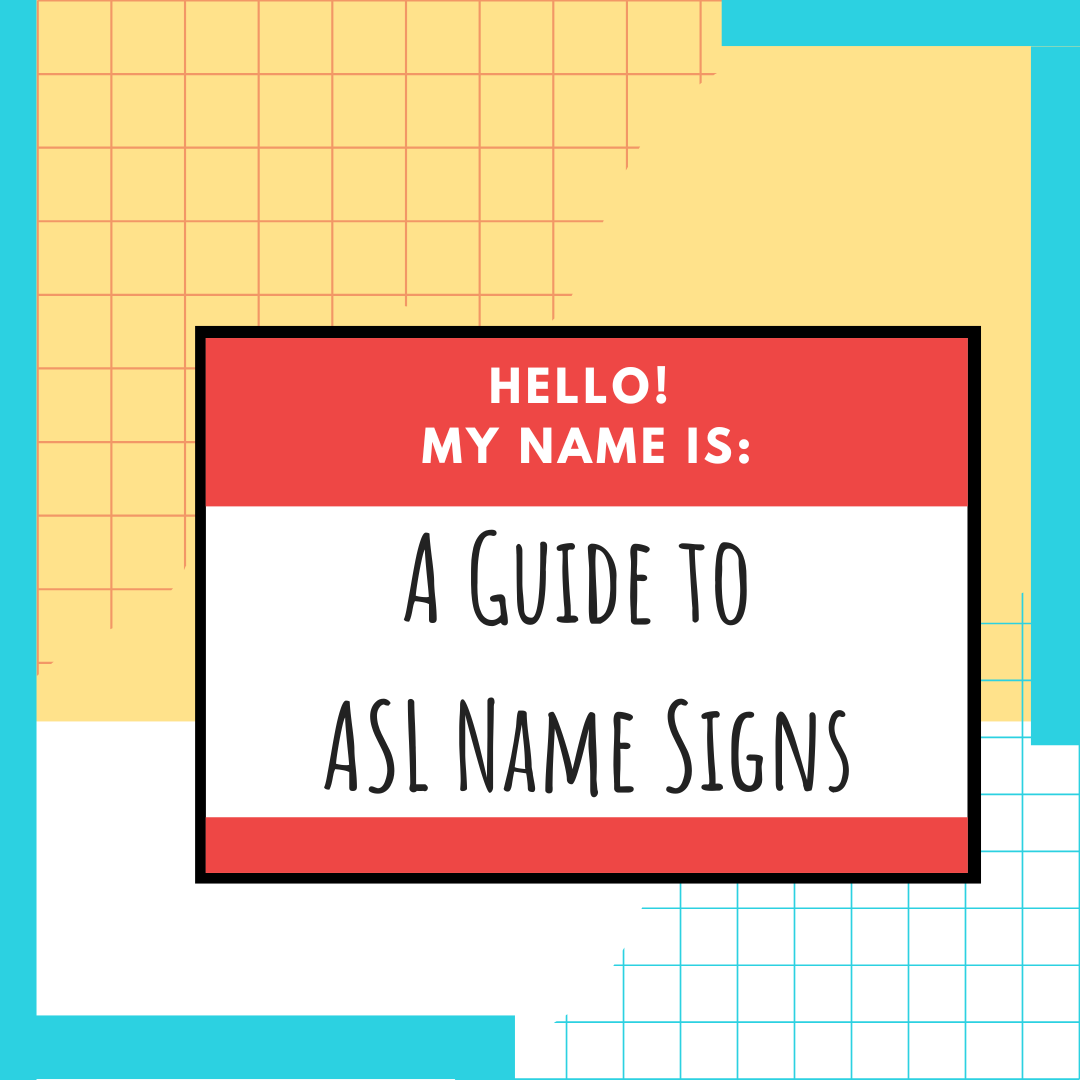
ASL Interpretation in the Medical Field
- by Michelle Jay
by Teagan North (09/08/2020)
Almost everyone is a consumer of health care services at some point in their lives. Doctor’s appointments and trips to the emergency room can require patients to give a brief description of their ailment, or even a detailed family history. The patient must understand the risks and benefits of diagnostic tests or treatment options in order to give informed consent. These are just a few examples – utilization of medical services requires a lot of interactive communication. For the average person, medical terminology and understanding disease processes can be perplexing. People who are deaf or hard of hearing have the additional complication of a language barrier. The Americans with Disabilities Act (ADA) states that in situations requiring where interactive communication involving a deaf person, hospitals/medical centers must provide a qualified sign language interpreter (2003). This paper will explore some of the challenges that sign language users face in utilizing interpreting services in the health care field.
According to an article published on usnews.com, many hospitals in the United States use video interpreting services, instead of in-person interpreters, that are rife with challenges. The devices that deliver this service often have small screens and are difficult to move, not to mention the reliance on internet connections that can be slow and undependable. Many deaf people have reported that this technology, while meant to be helpful, has made medical care even harder to access (Dodson, 2020). On a surface level, this provision of video interpreting services complies with the ADA requirement of providing a sign language interpreter, however when they are this unreliable one could argue otherwise. Furthermore, regardless of whether or not the requirement is considered fulfilled legally, when the affected population feels that it is insufficient, a better alternative should be found. Hospitals should be willing to work with their patient base to make them feel comfortable in accessing medical care.
Even when a sign language interpreter is present in the room, many interpreters are not familiar with complex medical terms. Whether or not the interpreter understands the terms they are supposed to relay to the patient, interpretation errors can occur. These errors stem from a number of factors such as “the fact that there are not established signs for many medical concepts and fingerspelling is not always an applicable or desirable option”, and “a lack of understanding of the human anatomy and comfort with elements of ASL discourse such as classifier use” (Desrosiers, 2017). The ADA defines a qualified sign language interpreter as “someone who is able to interpret effectively, accurately, and impartially, both receptively… and expressively … using any necessary specialized vocabulary.” (2014). If interpreters are unable to clearly express the patient’s symptoms to the doctor or nurse, and complex medical terminology to the patient, can it really be claimed that a qualified sign language interpreter, as defined by the ADA, has been provided?
In conclusion, it is clear that while hospitals in the United States may appear on paper to fulfill the accessibility requirements for sign language users set out by the ADA, the reality is much more complicated. Interpreting services, when provided, are unreliable in the sense that complex medical terms often cannot be communicated effectively, and frequently utilize video chat services that are prone to technical difficulties. Interpreters should be provided in person where at all possible, and perhaps a next step in addressing this health care inequity is a medical sign language interpreter certification.
Works Cited
ADA Business BRIEF: Communicating with People Who Are Deaf or Hard of Hearing in Hospital Settings. (2003, October). Retrieved September 06, 2020, from https://www.ada.gov/hospcombr.htm
Desrosiers, P. (2017). Signed language interpreting in healthcare settings: Who is qualified? (Unpublished master’s thesis). Western Oregon University.
Dodson, B. (2020, February 2). For the Deaf, Technology Can Make Health Care Access Worse. Retrieved September 06, 2020, from https://www.usnews.com/news/best-states/utah/articles/2020-02-02/for-the-deaf-technology-can-make-health-care-access-worse
Effective Communication. (2014, January 31). Retrieved September 06, 2020, from https://www.ada.gov/effective-comm.htm
Start Learning ASL Today!
 Ready to start learning real American Sign Language and not just basic signs? Do you want to be a part of the vibrant Deaf community? Check out our Free ASL 1 Course or our Complete 4-Level ASL Course options and start learning ASL today!
Ready to start learning real American Sign Language and not just basic signs? Do you want to be a part of the vibrant Deaf community? Check out our Free ASL 1 Course or our Complete 4-Level ASL Course options and start learning ASL today!









One Response
i am a student in 10th grade and i am almost done learning asl this is so sad to me that these people were not getting the best care possible because they are deaf and that hurts me as a hearing person that we are not giving them the care that they deserve because like king jordan says “deaf people can do anything hearing people can, exept hear”. we should be standing up for these people and helping them